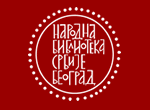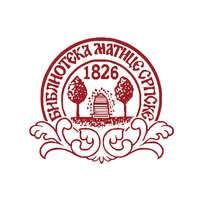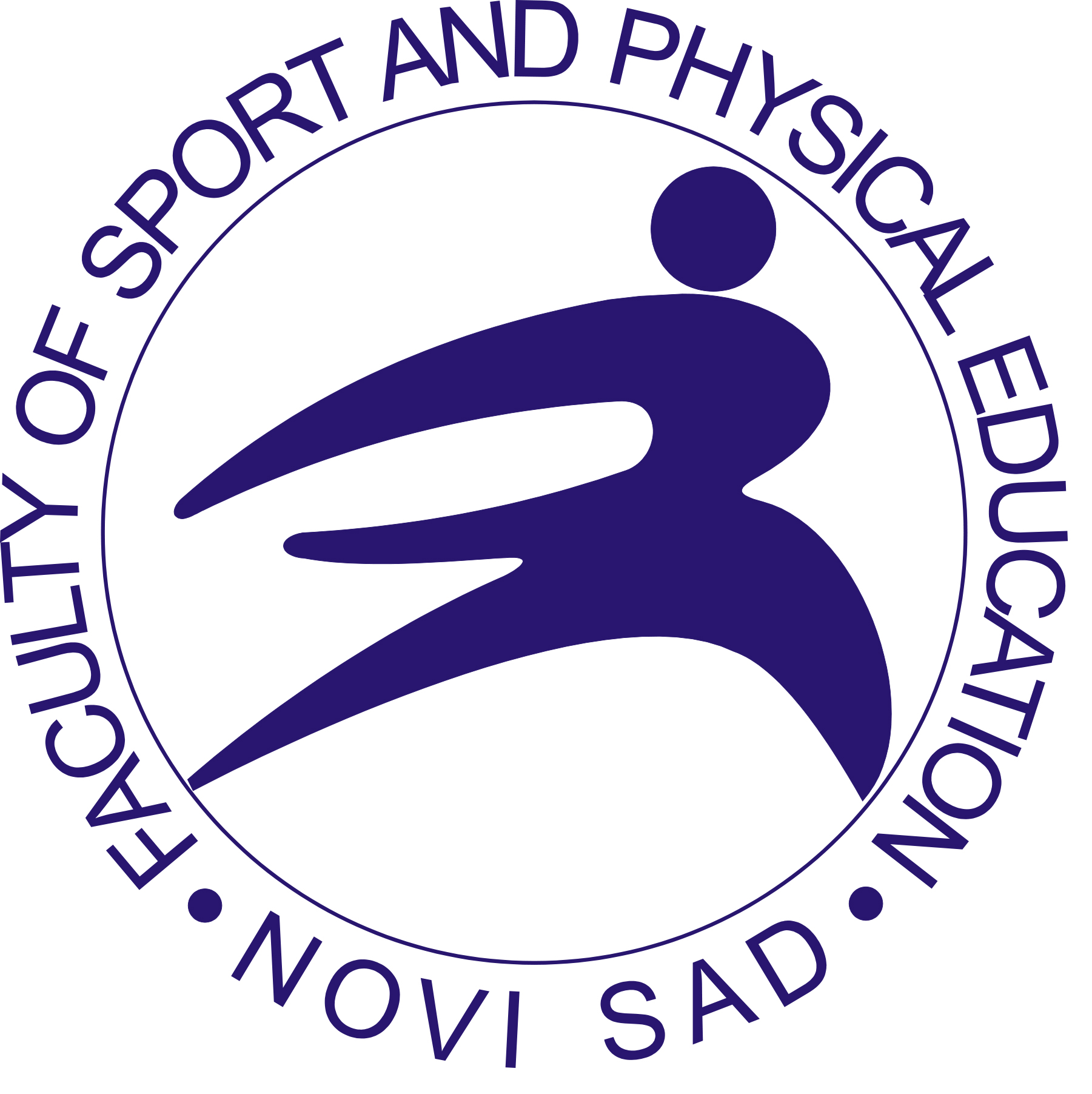
More articles from Volume 5, Issue 2, 2013
JUMPING ABILITIES IN YOUNG FEMALE GYMNASTS: AGE-GROUP DIFFERENCES
MENSTRUAL CYCLE AS AN OBSTACLE TO ACHIEVING MAXIMAL SPORT RESULT
SPRINTING SPEED OF PREPUBERTAL GIRLS AND BOYS
DIFFERENCES IN MOTOR ABILITIES OF CHILDREN IN RELATION TO GENDER AND AGE
SPRINTING SPEED OF PREPUBERTAL GIRLS AND BOYS
Faculty of Physical Education and Sport, University of Banja Luka , Banja Luka , Bosnia and Herzegovina
Faculty of Physical Education and Sport, University of Banja Luka , Banja Luka , Bosnia and Herzegovina
Faculty of Physical Education and Sport, University of Banja Luka , Banja Luka , Bosnia and Herzegovina
Faculty of Physical Education and Sport, University of Banja Luka , Banja Luka , Bosnia and Herzegovina
Faculty of Physical Education and Sport, University of Banja Luka , Banja Luka , Bosnia and Herzegovina
Faculty of Physical Education and Sport, University of Banja Luka , Banja Luka , Bosnia and Herzegovina
Abstract
The research problem was to analyze manifestation of sprinting speed and to compare the results
obtained in prepubertal children in relation to gender. The aim of this study was to analyze the
basic motor ability related to velocity in children before puberty. The study was conducted on the
sample of 71 subjects who were divided into two subgroups: 37 boys and 34 girls, aged 9 years
+/- 6 months. Three tests were applied for measurement of sprinting speed: time running 10
meters, high start time running 20 meters, high and start time running 20 meters flying start. The
results showed that there was no statistically significant difference between subjects with respect
to gender, in all three tests applied to estimate sprint speed at the level of p <0.05. On this basis, it
was concluded that prepubertal period of half of the respondents in the prepubertal period, as a
criterion, does not constitute a basis for a statistically significant difference in the exercise of
sprint speed.
Keywords
References
Citation
Copyright

This work is licensed under a Creative Commons Attribution-NonCommercial-ShareAlike 4.0 International License.
Article metrics
The statements, opinions and data contained in the journal are solely those of the individual authors and contributors and not of the publisher and the editor(s). We stay neutral with regard to jurisdictional claims in published maps and institutional affiliations.
























